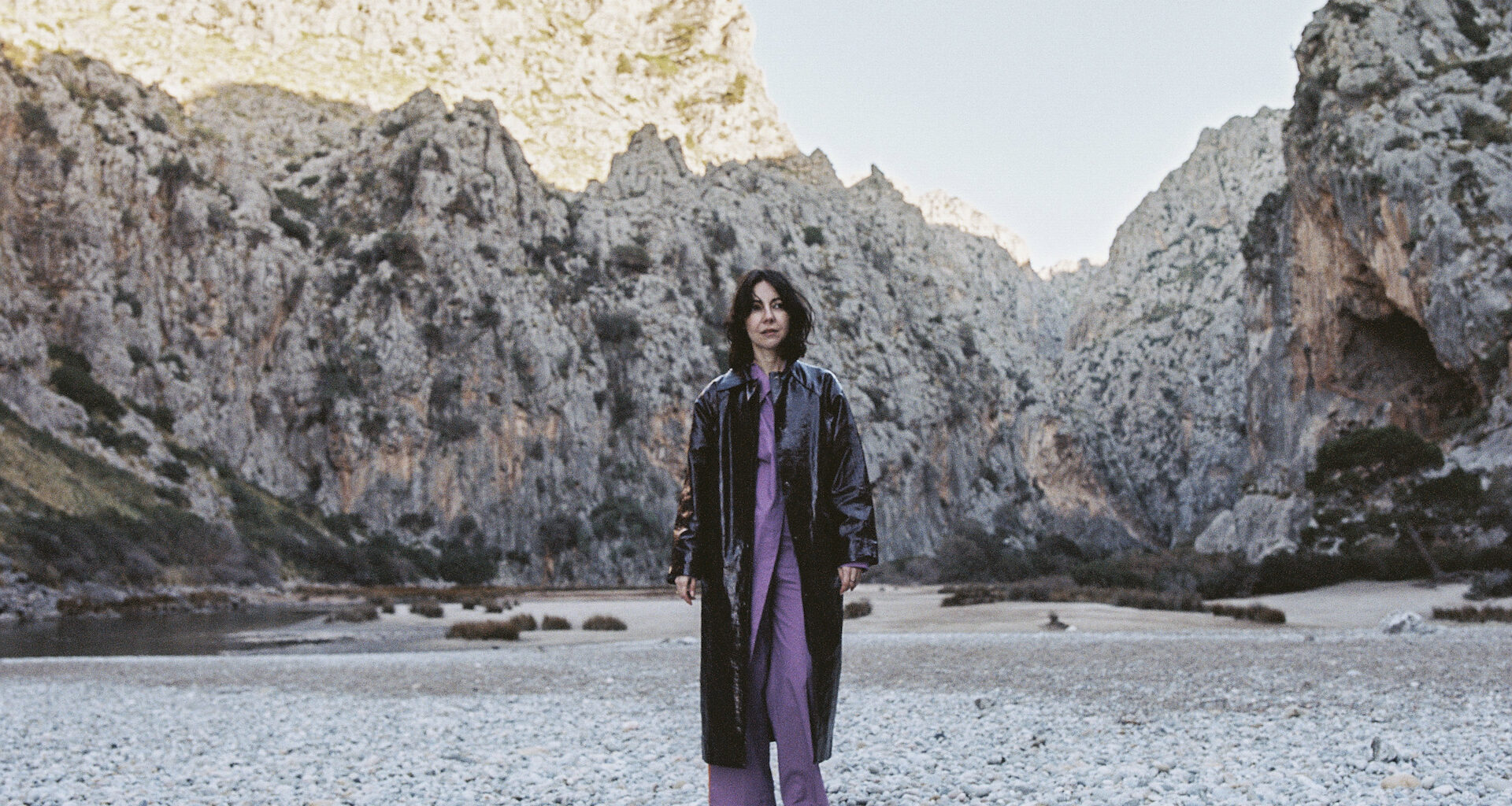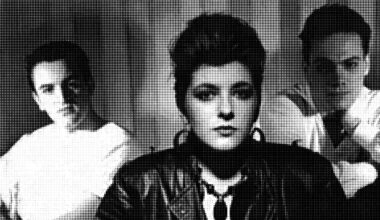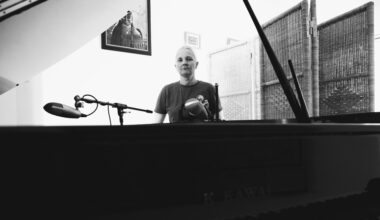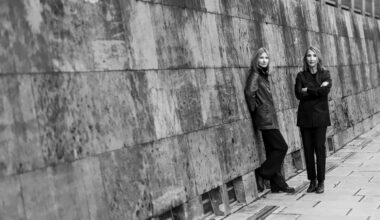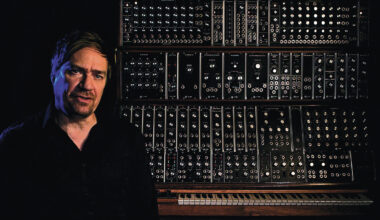Lucrecia Dalt’s latest album is a sumptuous and radiant sci-fi meditation in which the bolero, salsa, mambo and merengue influences she absorbed throughout her childhood are refracted through “machinic distortions”. But an alien presence is lurking…
Want to read more?
Sign up to Electronic Sound Premium to gain access to every post, video, special offers, and more. 100%, all you can eat, no commitment, cancel any time.
Already a premium member? Log in here
